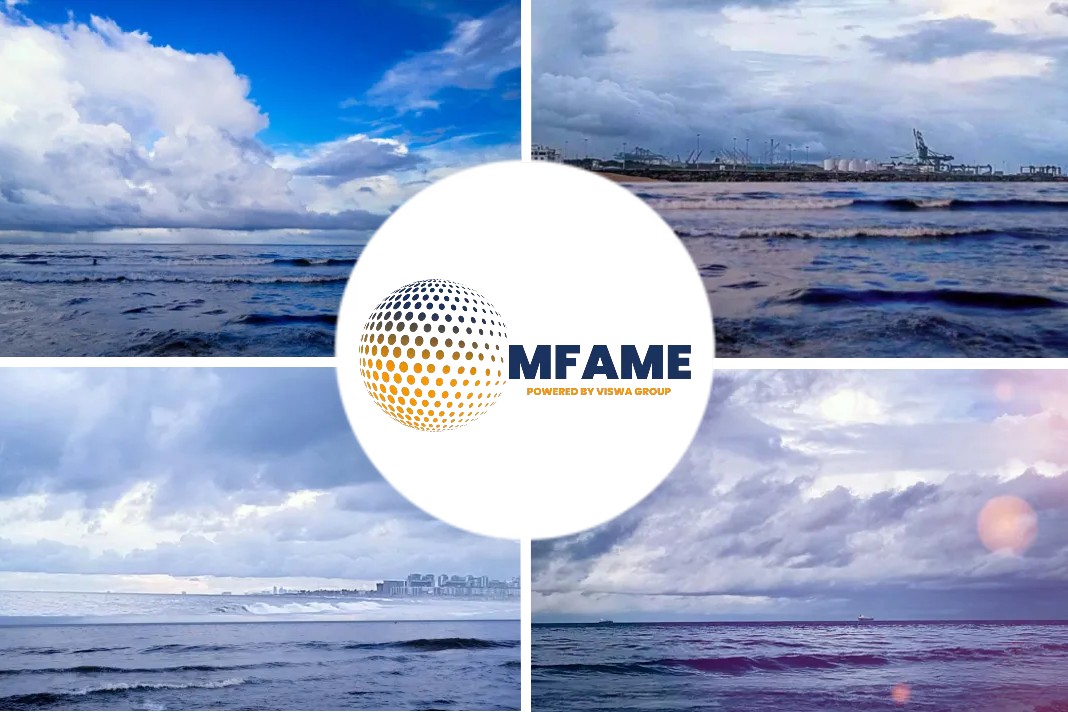Government have found that a lack of oversight by maritime regulators is allowing federal agencies to evade laws requiring that certain amounts of international cargoes move on U.S.-flag ships, says an article published on Freight Waves.
Congressional hearing
A new Government Accountability Office (GAO) report, “Actions Needed to Enhance Cargo Preference Oversight,” which will be the focus of a congressional hearing, concluded that without additional efforts by the U.S. Maritime Administration (MARAD) to develop regulations and enforce compliance, the public lacks information on whether agencies such as the U.S. Defense and Agriculture departments are meeting federal cargo preference requirements.
Cargo preference requirements
“MARAD’s maritime goals and objectives establish the importance of enforcing cargo preference requirements,” GAO stated.
“More specifically, MARAD’s 2020 National Maritime Strategy established the objective of improving the capability of U.S.-flag vessels through a combination of efforts including enforcement of cargo preference requirements.”
Military support
The requirement that cargo move on U.S.-flag vessels applies to all military support cargo transported by sea by the Defense Department, all export cargo financed through Export-Import Bank loans, and half of the gross tonnage of other U.S. government cargo, including international food aid shipped by U.S. Agency for International Development and the Department of Agriculture.
Internationally trading
Because the costs to operate U.S.-flag vessels are generally higher than those of operating foreign-flag vessels, cargo preference laws, in place since 1904, are intended to help maintain a fleet of internationally trading U.S.-flag vessels, as well as enhance security.
Public was eliminated
According to data received by MARAD (and provided to GAO for the study), total governmentwide cargo volumes decreased 27% from fiscal years 2012 through 2020, and U.S.-flag volumes decreased 36%. However, MARAD has not reported such volume data publicly since 2013, when a statute requiring it be made public was eliminated.
Enforcement authorities
MARAD also has not issued regulations implementing enforcement authorities granted to the agency by the 2009 National Defense Authorization Act (NDAA), which include taking certain actions in response to violations of the cargo preference requirements.
Federal agencies
“For example, the NDAA for 2009 granted MARAD the authority to direct ‘make up’ cargos if federal agencies fall short of the minimum percentage of cargo required to be shipped on U.S.-flag vessels; impose civil penalties ‘against any person’ for violations of cargo preference requirements; and take other measures,” the GAO report noted.
Enforcement actions
GAO was told by MARAD that the agency has not taken enforcement actions, in part because it has not developed the necessary regulations — and that it has not developed regulations “primarily due to challenges in reaching consensus with other agencies on how to implement cargo preference requirements,” according to the report.
Cargo preference laws
This lack of enforcement, MARAD acknowledged, means that “federal agencies and their contractors are able to ignore and circumvent the cargo preference laws,” officials at the maritime agency told GAO.
Regulatory development
In making recommendations based on its report, GAO advised that MARAD’s first step should be to evaluate regulatory development options available to address disagreements with and among agencies over how to implement cargo preference requirements.
Legislative proposal
“Such disagreements have hindered MARAD’s prior efforts to develop regulations,” GAO stated.
“In addition, developing and communicating a legislative proposal could help Congress assess whether any statutory changes are needed to better position MARAD to oversee and enforce cargo preference requirements.”
Foreign-flag vessels
GAO also recommended that MARAD — even though the agency is no longer required to do so — publicly report each year the cargo preference data it receives on total cargo volumes and amounts shipped on U.S.- and foreign-flag vessels for each federal agency.
Did you subscribe to our daily newsletter?
It’s Free! Click here to Subscribe!
Source: Freight Waves



















